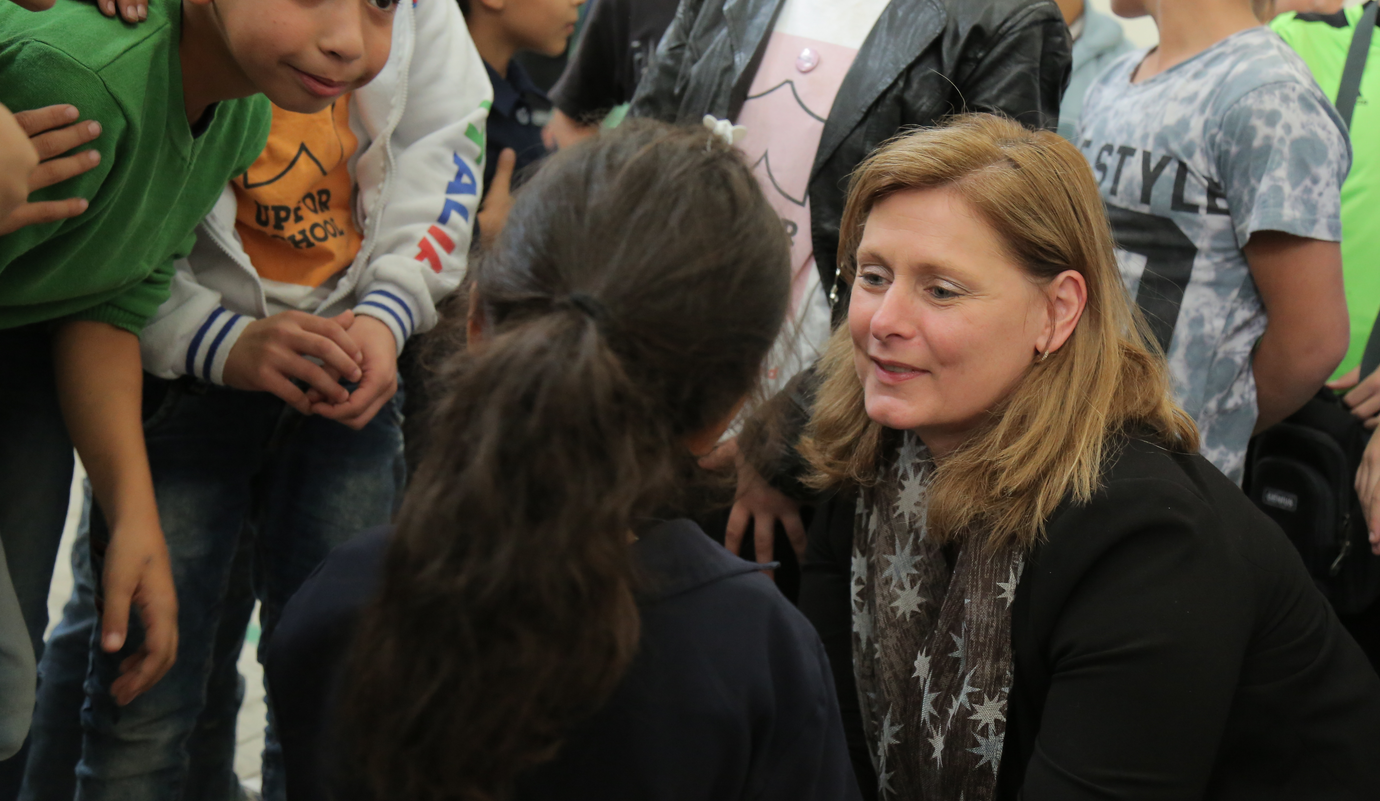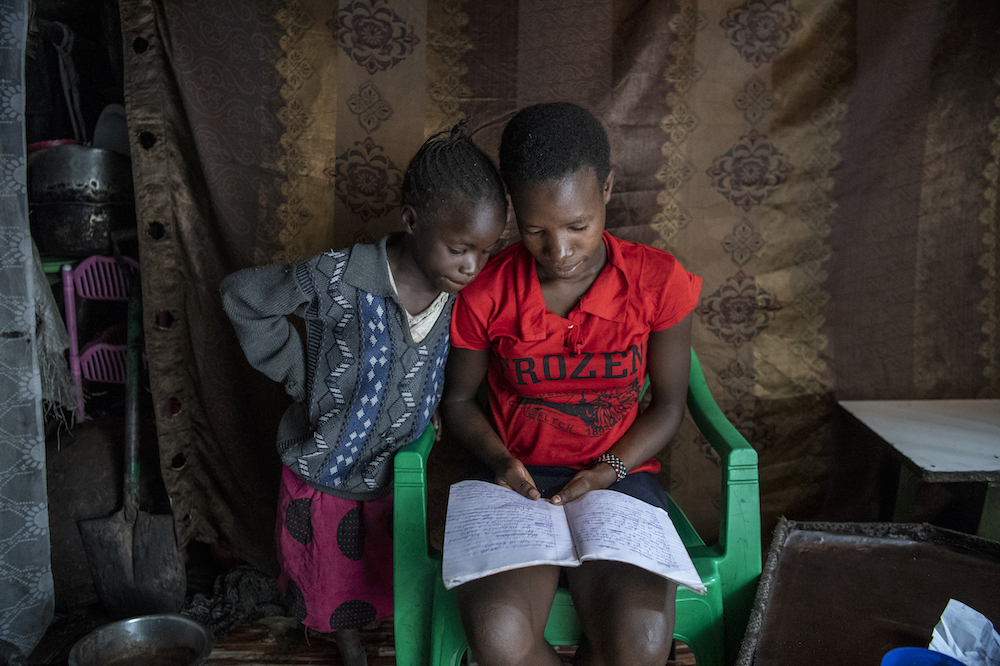
Australia failing to meet education targets for aboriginal children
Barriers to education, Right to education
High school completion rates have risen - but Aborigine and Torres Strait Islander children are still trailing non-indigenous children on enrolment, literacy and early education indicators.
The indigenous people of Australia are still being left behind when it comes to education and early years learning.
Key targets – including cutting child mortality and closing the gap on school attendance – are not being met, the government admitted today.
“We have come a long way over the last 50 years … but we have not come far enough,” Prime Minister Malcolm Turnbull told aboriginal community leaders.
Aborigines and Torres Strait Islanders make up just 3% of the total population of 24 million. But they are among the most disadvantaged Australians and are near the bottom of almost every social and economic indicators.
The ninth annual Closing the Gap report marks 50 years since Australia’s constitution was changed to count Aborigines as part of the population. It examined targets set to improve health, education and employment outcomes.
High school competition rates have risen – from 45.4% in 2008 to 61.5% in 2014-15 – but every other child-related indicator has failed to meet its target.
They included:
Enrol 95% of four-year-old children in early education by 2025. The report says: “The data shows that in 2015, 87% of all indigenous children were enrolled in early childhood education in the year before full-time school, compared with 98% of their non-Indigenous counterparts.”
Close the gap in school attendance by the end of 2018. The report says: “The attendance rate for Aboriginal and Torres Strait Islander students in 2016 was 83.4%, similar to 2014 (83.5%). The attendance rate for non-indigenous students remained steady at 93.1%. Progress will need to accelerate for this target to be met.”
Halve the gap in reading and numeracy for indigenous students by 2018. The report says: “The target is not on track. The latest data show of the eight areas measured (reading and numeracy for Years 3, 5, 7 and 9), only one (Year 9 numeracy) is on track.”
Halve the gap in child mortality by 2018. The report says: “The target is not on track this year.”
Australia’s indigenous people also have significantly shorter life expectancy – with a gap of 10.6 years for males and 9.5 years for females, according to figures from 2013.
Turnbull said in the report: “We will continue to focus on key priorities – from preconception and the early years through school, providing a positive start to life, which of course opens opportunities for further study and employment.
More news

